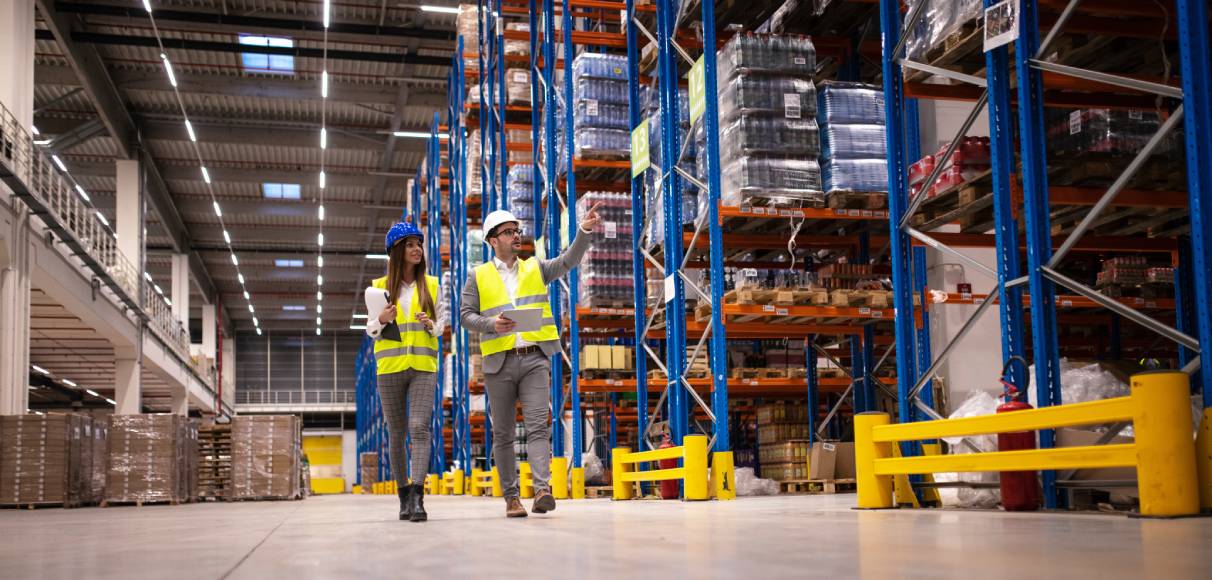Warehouse safety is a critical concern for businesses, especially those in the finance and business industries that rely heavily on efficient logistics and supply chain management. In today’s competitive landscape, ensuring the safety of warehouse workers can dramatically reduce operational disruptions, legal liabilities, and financial losses. Here are some innovative ways to improve warehouse safety that can benefit any business professional looking to enhance their operations.
Advanced Training Programs
The foundation of any effective safety strategy is comprehensive training. It’s possible to enhance traditional safety training with modern technologies such as virtual reality (VR) and augmented reality (AR). These tools provide immersive, hands-on experience without exposing workers to actual hazards. VR and AR can simulate emergencies, allowing employees to practice appropriate responses in a controlled, risk-free environment. This type of training not only improves safety awareness but also enhances overall engagement and retention of safety protocols.
Wearable Technology
Wearable technology is transforming warehouse safety by providing real-time data and instant feedback. Smart vests and helmets equipped with sensors can monitor vital signs, detect hazardous chemicals, and even track workers’ movements to ensure they adhere to safe practices. For example, if a worker enters a restricted area or lifts objects incorrectly, the wearable tech can alert both the employee and the supervisor, enabling prompt corrective actions. These devices can also collect valuable data on workplace conditions, helping managers identify potential hazards and mitigate risks proactively.
Automated Vehicles and Drones
Automated guided vehicles (AGVs) and drones can significantly reduce human involvement in dangerous tasks. AGVs can transport goods within the warehouse, minimizing the need for employees to operate forklifts or perform heavy lifting. Drones can aid with inventory management, reaching high shelves or inaccessible areas without requiring workers to use ladders or scaffolding. Incorporating these automated solutions enhances safety and boosts efficiency and accuracy in warehouse operations.
Lights and Lasers
Lighting is an often-overlooked aspect of warehouse safety. Innovations in LED lighting provide bright, energy-efficient solutions that improve visibility and reduce the likelihood of mishaps. Additionally, laser-guided systems can direct traffic within the warehouse. For instance, forklift operators can increase safety with laser pointers that indicate the best paths and potential obstacles. They minimize collision risks. Implementing these technologies ensures a well-lit and organized environment.
Robotics and Automation
Integrating robotics and automation into warehouse operations can drastically reduce human exposure to hazardous environments. Robots can handle repetitive and physically demanding tasks, such as sorting and packaging, reducing the risk of musculoskeletal disorders among workers. Collaborative robots, or cobots, can work alongside humans, assisting with tasks that require precision and strength while adhering to strict safety standards. Automation enables businesses to maintain high productivity levels while prioritizing employee safety.
Real-Time Monitoring and Analytics
Real-time monitoring systems equipped with IoT (Internet of Things) devices can provide continuous oversight of warehouse conditions. These systems can track temperature, humidity, air quality, and other environmental factors that may pose health risks. By analyzing this data, managers can make informed decisions to improve workplace conditions and prevent potential hazards. Predictive analytics can also forecast equipment failures or maintenance needs, ensuring timely interventions and reducing the risk of accidents.
Improving warehouse safety is a multifaceted approach that requires the integration of advanced technologies and proactive management strategies. From wearable devices and automated vehicles to lights, lasers, and real-time monitoring systems, these innovations not only protect workers but also enhance operational efficiency. By investing in these safety measures, businesses can create a safer, more productive environment, ultimately leading to reduced costs and improved employee satisfaction.









